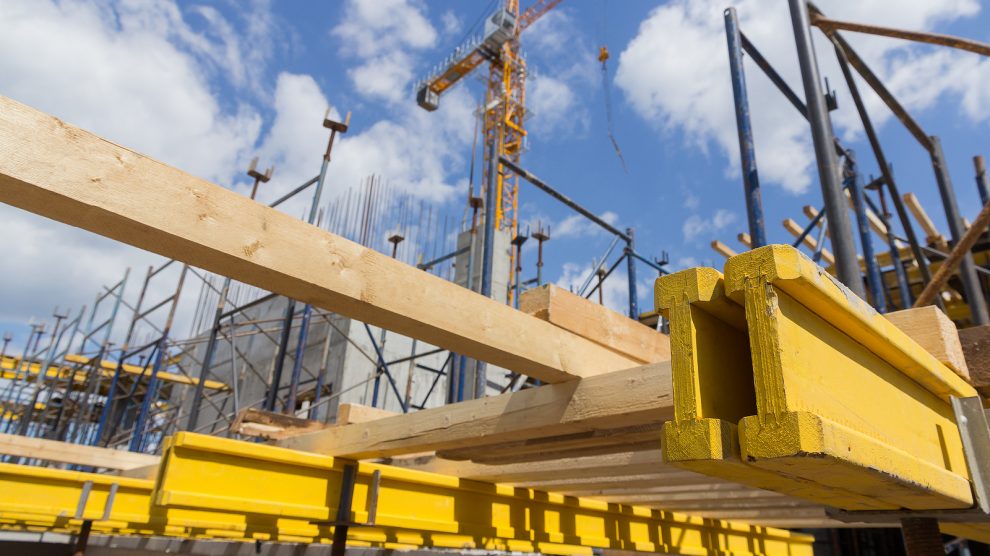What’s hot on the emerging Europe’s real estate market in 2022, and what’s not? What are the most important trends property investors need to be aware of when they look at the region?
Ahead of MIPIM 2022, the world’s premier property market event, we asked experts from three leading real estate consultancy firms about the opportunities and challenges they see in the market right now. Here’s what they told us.
 Iglika Yordanova, Managing Partner Colliers Bulgaria
Iglika Yordanova, Managing Partner Colliers Bulgaria
Stability and diversification were the main drivers of real estate investment in Bulgaria in 2021. Office assets had a dominant share of total investment volume followed by industrial and logistics. The yields level of income-generating properties remained stable at 7.75 per cent for retail space, 8.5 per cent for industrial space, and for office assets compressed to 7.75 per cent.
Office market activity levels recovered, more notably in the second half of 2021. Demand was determined by optimisation and consolidation processes – occupiers pursued improved rental conditions, more efficient space allocation, with increasing attention to ESG. The IT and outsourcing sectors were the main demand drivers. Organisations embraced hybrid working models, thus driving an increase in demand for flexible space.
The industrial and logistics market was mostly driven by demand from the retail sector. Both rental levels and vacancy rates remained stable. The good prospects for the logistics and manufacturing segment have also led to an active market for development plots acquisitions. High volumes of new stock in the pipeline by both international and local developers are expected over the next few years.
On the retail market, the combined effect of rising inflation, supply chain challenges and changes in consumer behaviour have reinforced the growing importance of smaller format centres and parks. The active development of retail parks across the country continues in 2022 although some of the 20 projects planned over the coming 2 years might be challenged by construction cost and availability of some materials.
 Marie Baláčová, Head of Data and Analytics Central and Eastern Europe, Cushman and Wakefield
Marie Baláčová, Head of Data and Analytics Central and Eastern Europe, Cushman and Wakefield
In what seemed like the end of the Covid-19 pandemic, real estate markets in Czechia were heading back to their pre-pandemic levels during 2021 and early 2022: occupier demand returned, and investment activity started to gain momentum in early 2022.
Developer activity in the Prague office market has been low: in 2021 the least amount of office space was completed since 2016, and rising construction costs may slow the sector down even further. On the other hand, leasing activity is on the rise, helping to fill the gaps in the market created by changes in corporate office use. Vacancy rates also remain relatively low.
The industrial real estate and logistics market is starting to respond to the unprecedented demand driven by e-commerce and automotive manufacturing. The total amount of industrial space under construction is now the highest in history, and the lack of construction opportunities is pushing new development further away from Prague, especially near the cities of Olomouc, Ostrava and Brno. 76 per cent of the 1.1 million square metres under construction is already pre-leased, indicating that supply still outweighs demand. Rental prices thus continue to grow.
The pandemic has had a positive effect on online sales and retailers are reducing their brick-and-mortar stores in both size and number. On the other hand, the adoption of omnichannel strategies by major e-commerce platforms creates some new demand. New discount chains entering the Czech market are also doing very well.
Unfortunately, the optimism did not last long. The Russian invasion of Ukraine is putting businesses in a difficult position again: pushing up inflation, interest rates and overall uncertainty.
 Klara Matić , Head of Capital Markets, Colliers Croatia
Klara Matić , Head of Capital Markets, Colliers Croatia
Croatia offers great risk-adjusted returns through a combination of attractive yields and favourable financing conditions, allowing double-digit returns even for prime assets. The transaction yields in the core CRE sectors are higher than in majority of other EU markets. The prime yield is in the range from 6.5 to seven per cent.
The property market fundamentals look healthy across all property types. The total volume of investment deals was around 700 million euros in 2021. Foreign capital accounted for 75 per cent of transaction volume with most activity coming from the UAE, Austria and CEE countries. Competition is very high for standing assets and the demand outstrips supply in all sectors.
Development activity is still predominated by domestic players, especially in the residential sector, where there is the greatest shortage of new supply. A new development cycle has started in warehouse & logistics and second-home resort markets.
Croatia is favoured by strong macroeconomic indicators with good forecasts for the future, an excellent geographical location and still relatively low employment costs. The country will enter the eurozone in 2023 and the Schengen zone thereafter. That should drive further yield compression across the majority of sectors.
Unlike many news and information platforms, Emerging Europe is free to read, and always will be. There is no paywall here. We are independent, not affiliated with nor representing any political party or business organisation. We want the very best for emerging Europe, nothing more, nothing less. Your support will help us continue to spread the word about this amazing region.
You can contribute here. Thank you.



Add Comment